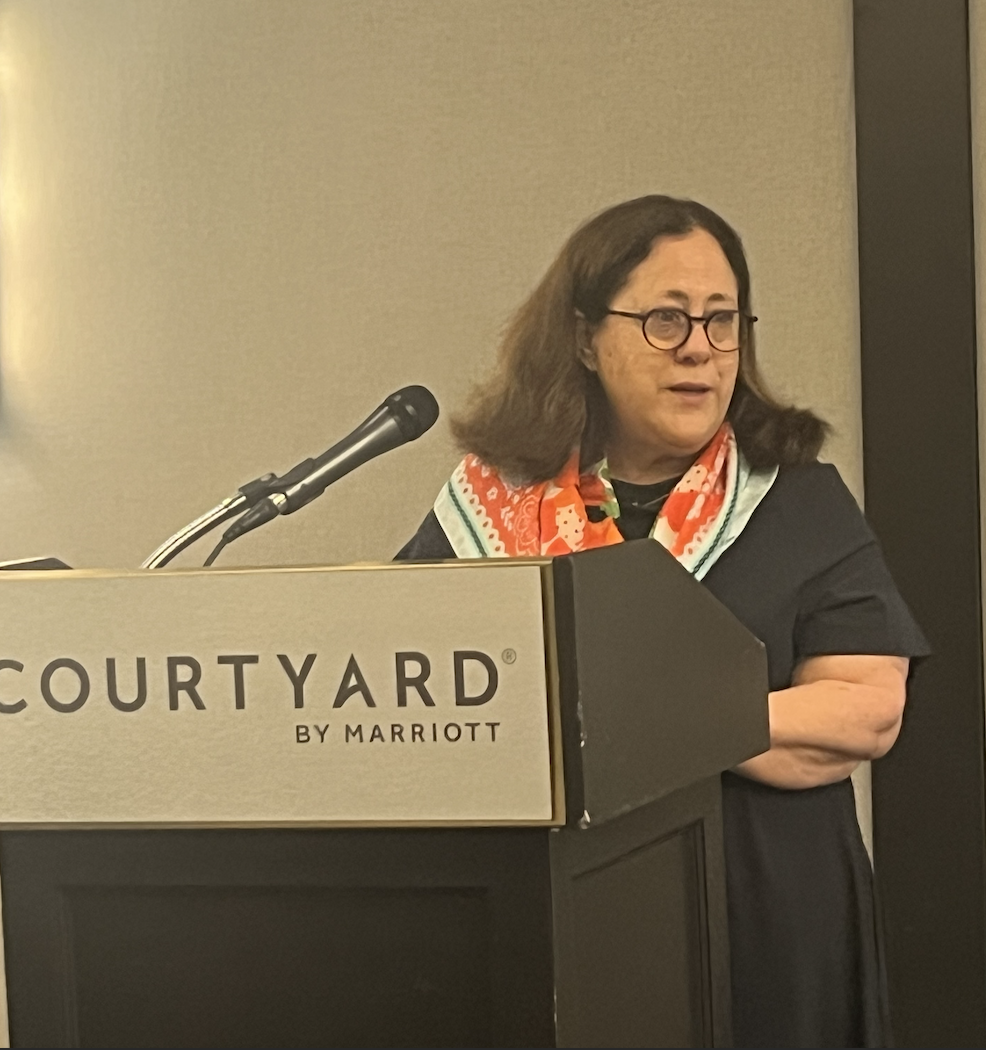Rebuilding Hope: The Tree of Life Project
It’s a job that Carole Z awatsky doesn’t want to have. As CEO of The Tree of Life, she is leading the effort to turn the deaths of 11 innocent people and the devastation of a community into something positive, healing and teaching for generations to come.
awatsky doesn’t want to have. As CEO of The Tree of Life, she is leading the effort to turn the deaths of 11 innocent people and the devastation of a community into something positive, healing and teaching for generations to come.
She would rather those 11 people had never died at the hands of shooter marking the largest mass shooting of Jews in the history of the United States on October 27, 20-18. On the job for two years now, her position has become a calling to rebuild hope.
Zawatsky is a leading figure in arts, culture and nonprofit management with more than 30 years' experience in the Jewish communal world. She specializes in creating and implementing dynamic partnerships between the philanthropic community and the institutions she serves to cultivate strong, impactful organizations.
At a Huntington Breakfast Briefing, Zawatsky explored the powerful work underway to transform the synagogue space into a center for memory, education and community impact, infused with a forward-thinking technology vision aimed at preventing hate and fostering dialogue on a global scale.
A Community Driven by Hope
The tragedy at The Tree of Life synagogue is a stark reminder of the dark times we live in, yet the response from those involved has been nothing short of inspiring. While the community mourns the 11 lives lost, they also harness the power of collective memory to kindle hope and education, she noted. This shared vision is echoed in the strands of origami paper cranes, a Japanese tradition of memory and memorial, that have been offered in solidarity from across the country.
Memory at the Core
Zawatsky said central to the redevelopment plan is keeping the memory of the victims alive. This endeavor is not just about building a new sanctuary, she said, but it is about integrating the past with the present in a respectful, educational, and transformative way. A permanent memorial is being developed in collaboration with the families of the victims, ensuring that the memories of their loved ones remain at the heart of the new Tree of Life.
Building for the Future
Slated for completion in a little more than two years, the new Tree of Life complex will house a museum focused on the history of antisemitism in America, demonstrating that such hatred does not exist in isolation. Zawatsky said this is a crucial educational component, aiming to prevent history from repeating itself by shining a light on the roots of such bigotry. Moreover, the space will incorporate a theater, a social hall, and a welcoming area for all faiths to come together in celebration and remembrance.
The Importance of Education
As the rebuilding efforts focus on structural elements, education stands as the most vital component. The project is committed to deeply integrating educational frameworks that help combat antisemitism and other forms of hate. Partnerships with local schools and educators ensure that students of all backgrounds and faiths can learn from the past and contribute to creating a more inclusive future. Zawatsky said The Tree of Life project ambitiously plans to reach 45,000 to 50,000 students annually, both locally and from broader regions.
A Call to Action
The Tree of Life synagogue is more than a building—it is a call to action, said Zawatsky. It asks us to redefine what it means to heal from trauma, educate young minds, celebrate cultural and religious diversity, and remember the past to build a more hopeful future.
With the dedication of its leaders, the continued involvement of the community, and the generous support of partners and donors, the Tree of Life is poised to become a vibrant symbol of resilience and renewal, where joyful Jewish life, as well as interfaith support, can flourish once more.